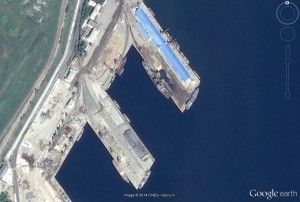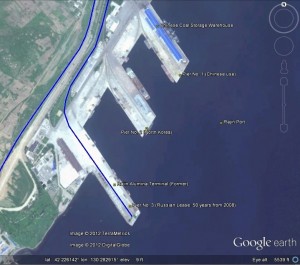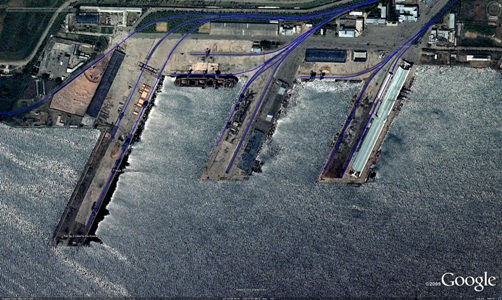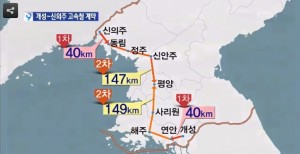Institute for Far Eastern Studies (IFES)
North Korea is promoting insurance products targeted at foreign-investment companies with increasing efforts to attract foreign capital through special economic zones.
On January 19, 2016, the state-run Korea National Insurance Corporation (KNIC) made an official announcement on its website on new insurance products for the economic development zones. It announced that KNIC is promoting various insurance products to protect life and property for foreign investment companies, including fire insurance and accident liability insurance for gas accidents, third party automobile liability insurance, and third party construction liability insurance.
In addition, KNIC announced that it will offer a variety of insurance products according to personal and business demands. The website elaborated, “in order to meet the growing insurance need in the economic development zones, KNIC is introducing development of various insurance products and to realize the international insurance trends and the diversification of the insurance sector to ensure the prompt insurance coverage to remain as credible institution among foreign companies.”
The KNIC first began to operate fire, automobile, gas accident liability insurances to tenant companies in the Kaesong Industrial Complex from 2005.
Meanwhile, North Korea’s Presidium of the Supreme People’s Assembly (SPA) adopted the insurance regulation along with property regulation for the Economic Development Zone (EDZ) last July. The insurance regulation consisted of four chapters and 52 articles, but specific details were not disclosed. However, details on insurance contracts, insurance offices, as well as installation and operation of the insurance office were revealed.
Previously, North Korea enacted new EDZ laws in May 29, 2013 which guaranteed special privileges for economic activities conducted in special economic zones as specified in the law. On November 6, 2013, three EDZ Operational Regulations were adopted (management institutional regulations, establishment regulations, and business establishment and operational regulations) by the Presidium of the SPA.
This new property insurance policies and regulations appear as a new measure to ensure added legal protection to improve investment environment of foreign capital from the three existing operating regulations.
In February 2015, Ri Sun Hak, department director of the Ministry of External Economic Relations, stated in an interview with the KCNA, “Our country is fully equipped with the legal environment to protect the legitimate rights and interests of investors.” The news also depicted ‘foreign investment law,’ ‘economic development law,’ and ‘external economic arbitration law’ were newly enacted or revised. The foreign investment laws was revised to streamline investment formalities and to provide various services for foreign-investment companies.
However, the question still remains as to gauge the effectiveness of North Korea’s insurance operations. As the international community, including the UN Security Council, is likely to impose stronger sanctions to condemn North Korea’s fourth nuclear test, the solvency of North Korea’s insurance companies remains uncertain and unreliable.
In addition, the KNIC’s Germany branch and President So Tong Myong (Seo Dong-Myung) are both on the EU’s list of sanctions, which is likely to act as an impeding factor for smooth insurance operations. The EU listed six KNIC senior employees to the sanctions list subject to an EU-wide asset freeze and travel ban.




